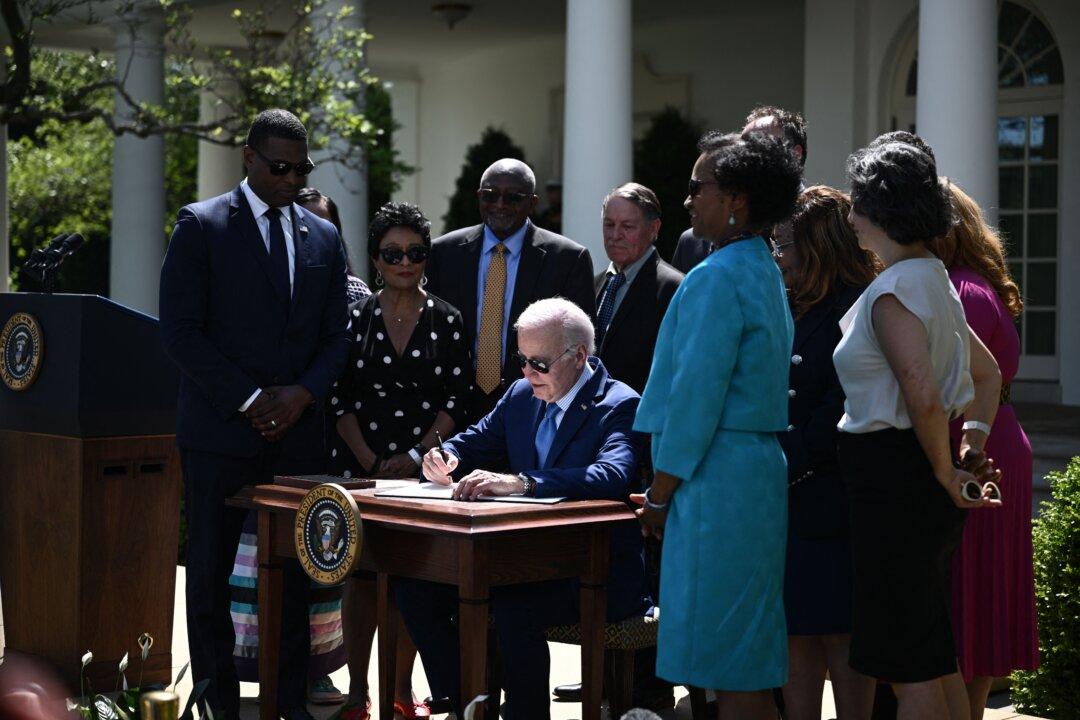Commentary
There’s nothing just or ecologically protective about the concept of environmental justice, at least as it’s practiced by the current administration.

There’s nothing just or ecologically protective about the concept of environmental justice, at least as it’s practiced by the current administration.